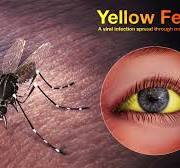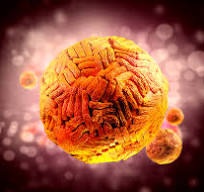A Panama Yellow Fever Outbreak in Both the Jungle and Urban Areas would be Catastrophic
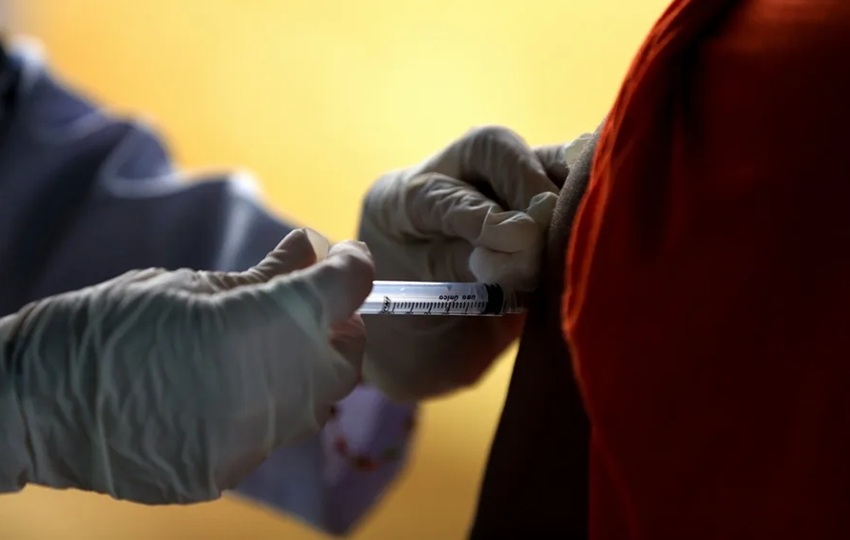
The head of Epidemiology at the Ministry of Health, Blas Armién, said Thursday that Panama would face a serious situation if cases of yellow fever were to occur in jungle and urban areas; however, he emphasized that the institution is prepared. The expert noted that there have been 74 cases of yellow fever in Colombia, resulting in 34 deaths, meaning that 46% of patients with severe symptoms die. “If we have fatal cases in Colombia, we have to be prepared because a yellow fever outbreak in the jungle and urban areas would be catastrophic,” he explained.

Yellow fever is a hemorrhagic condition that can lead to a high fever, bleeding into the skin, and cell death in the liver and kidneys. If enough liver cells die, liver damage occurs, leading to jaundice, a condition in which the skin takes on a yellowish color.
Armién stressed that the concern is heightened because the Oropouche virus has already entered Darién as a result of migration. He also noted that there are outbreaks of encephalitis and malaria in this region, which cause similar symptoms in the patient. “We have 4,180 cases of dengue and malaria. Our concern is dengue, malaria, and yellow fever,” he said. He also stressed that Aedes aegypti, one of its main vectors, is a formidable insect capable of transmitting yellow fever, dengue, Chikungunya and Zika.
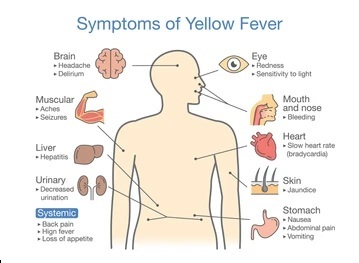
However, he emphasized that the country is prepared to address the diagnoses and noted that Vaccination Week of the Americas will begin in the coming days, taking place in Panama from April 26 to 30. During those days, the vaccination schedule will be updated in the high-risk areas (Darién, Kuna Yala, and Eastern Panama), ensuring that the population over one year of age is adequately immunized (a single dose of the vaccine provides lifelong protection against the disease).
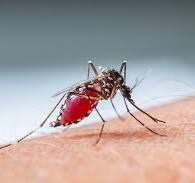
According to the Pan American Health Organization (PAHO), “Yellow fever is an acute viral hemorrhagic disease endemic in tropical areas of Africa and Central and South America. Cases can be difficult to distinguish from other viral hemorrhagic fevers such as arenavirus, hantavirus, or dengue.” “Once contracted, the yellow fever virus incubates in the body for 3 to 6 days. Many people don’t experience symptoms, but when they do occur, the most common are fever, muscle pain with prominent back pain, headache, loss of appetite, and nausea or vomiting,” adds PAHO.
